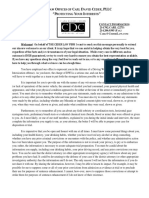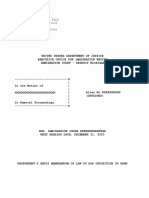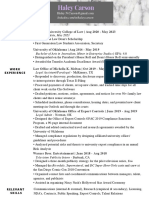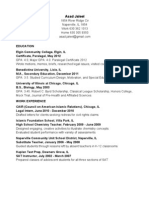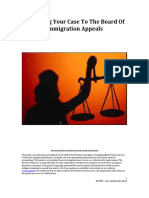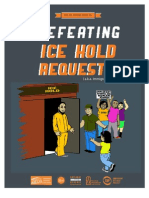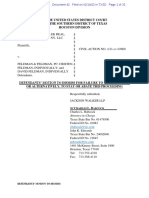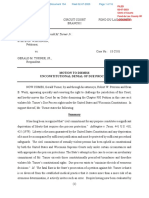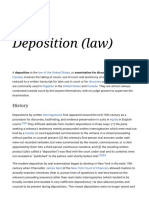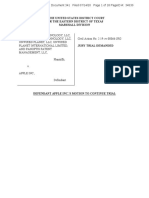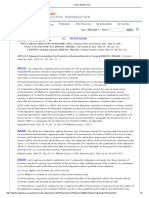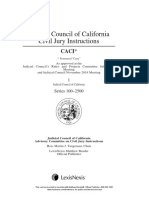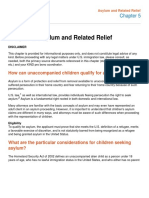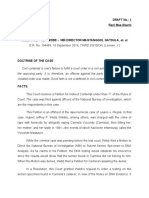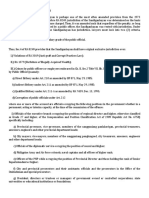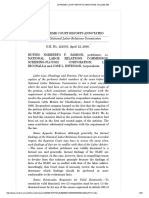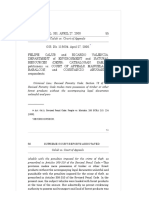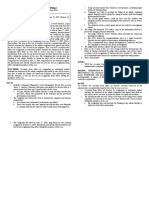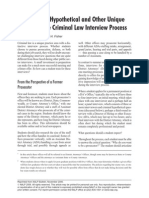0% found this document useful (0 votes)
104 views53 pagesChicago Introduction
This document provides an overview of representing clients in immigration court. It discusses the notice to appear, pleadings, master calendar and individual hearings, common forms of relief, and the immigration court practice manual. It also covers the fundamentals of burden of proof, evidence, witness examination, and common motions used in immigration court.
Uploaded by
Luisa Elena HernandezCopyright
© © All Rights Reserved
We take content rights seriously. If you suspect this is your content, claim it here.
Available Formats
Download as PDF, TXT or read online on Scribd
0% found this document useful (0 votes)
104 views53 pagesChicago Introduction
This document provides an overview of representing clients in immigration court. It discusses the notice to appear, pleadings, master calendar and individual hearings, common forms of relief, and the immigration court practice manual. It also covers the fundamentals of burden of proof, evidence, witness examination, and common motions used in immigration court.
Uploaded by
Luisa Elena HernandezCopyright
© © All Rights Reserved
We take content rights seriously. If you suspect this is your content, claim it here.
Available Formats
Download as PDF, TXT or read online on Scribd
/ 53

